Advocacy on behalf of the health of all children is in the organizational DNA of the American Academy of Pediatrics. It was an original goal of the founding members of the AAP to build an organization dedicated to advocating for children. Since the development of pediatrics as a specialty field, pediatricians have played a powerful role in creating lasting and meaningful change for the patients they serve.
We’ve compiled a timeline, below, of some of the most significant moments in our long history of advocacy and our look toward the future of children’s health, and watch this video about the AAP’s advocacy work.
1940s
Combined tetanus, diphtheria, and pertussis vaccine
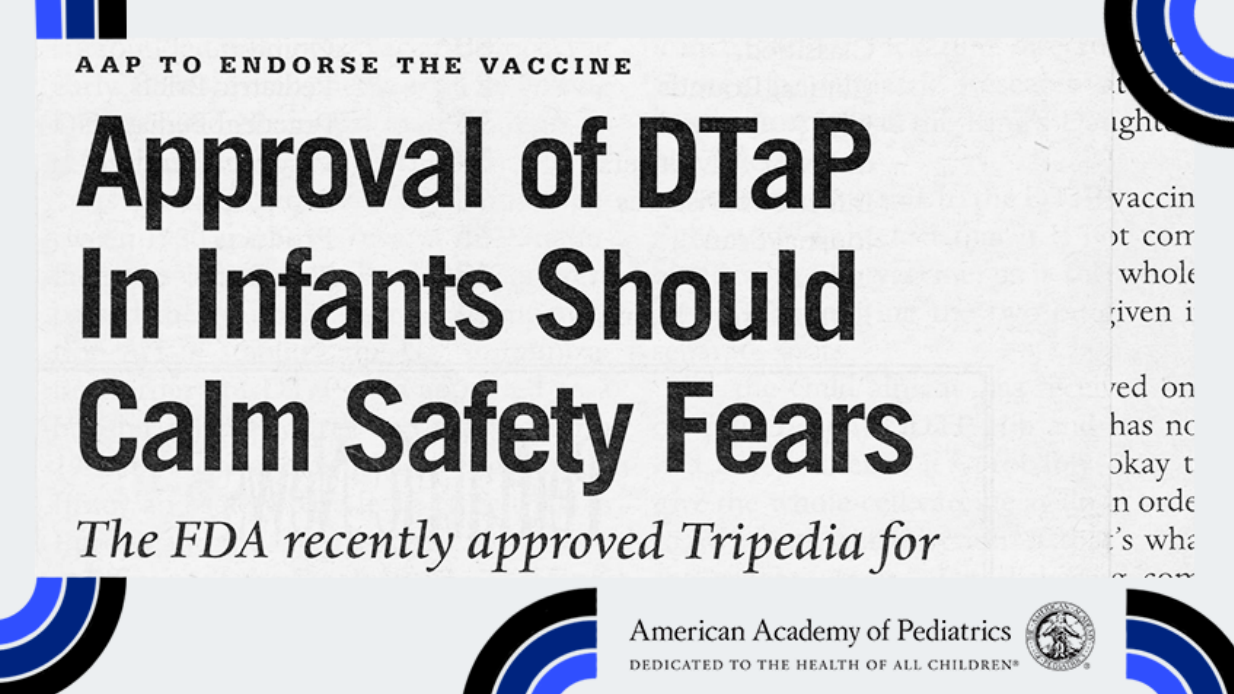
Tetanus, diphtheria, and pertussis (whooping cough) were three diseases that had been deadly threats to children for centuries. In 1948, a combined vaccine was developed and recommended for use by the AAP to protect children from these three deadly diseases. The vaccine reduced deaths from these diseases by 99%, saving the lives of millions. We continue to use this life-saving immunization today to protect our children.
In this video, pediatrician and infectious disease expert Sean O’Leary, MD, MPH, FAAP, discusses the lifesaving impact of the tetanus, diphtheria, and pertussis vaccine.
1950s
The AAP focuses on the leading cause of death in children: injuries
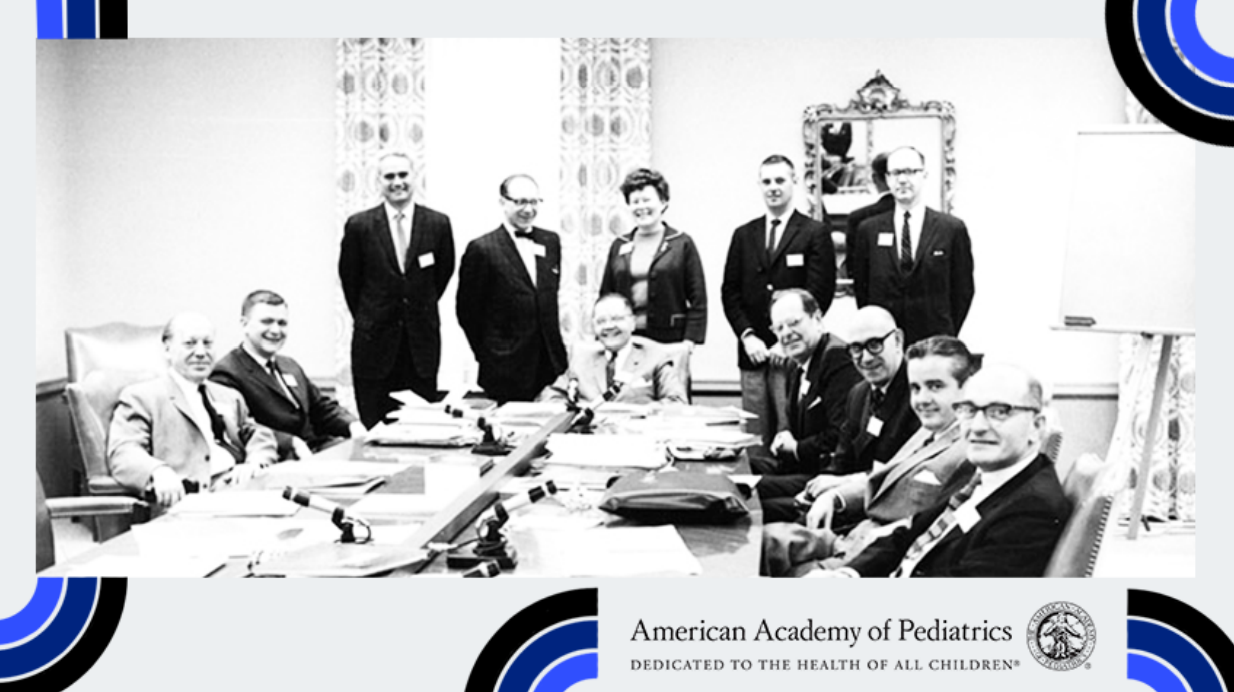
In 1950, the AAP turned its focus to the leading cause of death for children at the time: childhood injuries like poisoning, burns, falls, and choking. The AAP established a committee, which began a series of informational campaigns to educate parents and caregivers on how to keep their children safe, while setting up measures and practices to treat children in case of an accident.
Pediatrician Lois Lee, MD, MPH, FAAP, discusses the AAP’s early injury prevention campaigns to help prevent burns, choking, poisoning and other common hazards.
1960s
The AAP recommends the use of the measles vaccine in children
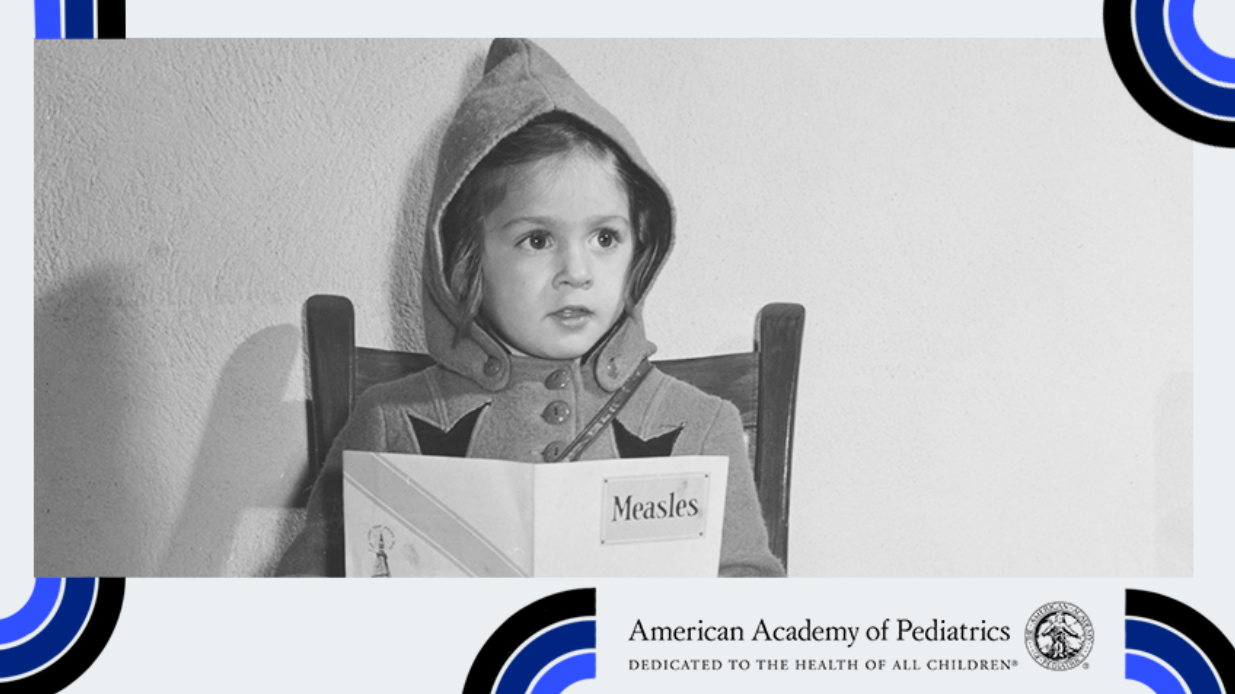
In 1963, a measles vaccine was developed and approved to protect children from the highly contagious viral disease. Before the vaccine, around 90% of children were infected with measles, which led to serious health consequences and even death. After its creation, the AAP recommended the vaccine’s widespread use in young children, which resulted in a 99% decrease in cases by the late 1960s.
Watch Sean O’Leary, MD, MPH, FAAP, in this video as he remembers the terrible history of measles, and the lifesaving impact when a vaccine was introduced.
1970s
Speak Up for Children! campaign

Towards the end of the 1970s, we launched the Speak Up For Children! campaign, a first-of-its kind effort to focus on child advocacy. Our campaign included promoting the use of car seats, child restraints, and impact-resistant bumpers. Ultimately, the campaign drew attention to accident prevention, nutrition, immunization, and health education.
In this video, former AAP president Lee Beers, MD, FAAP, discusses the AAP’s Speak Up For Children! campaign and advocacy work.
1980s
American Academy of Pediatrics starts its “First Ride… A Safe Ride” program to promote car seat use
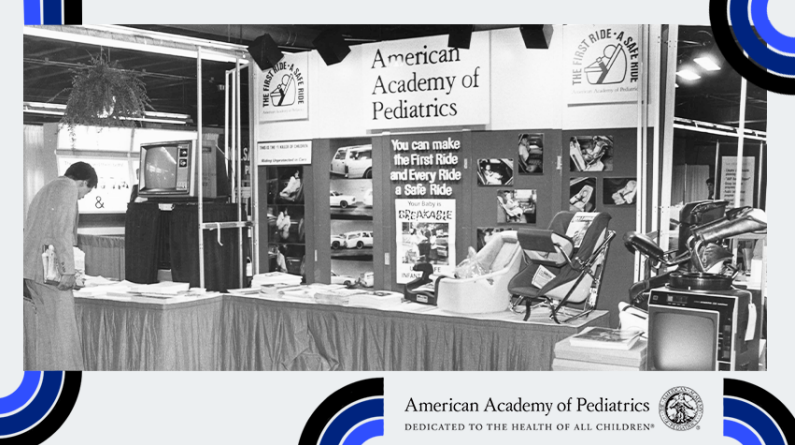
Continuing our accident and injury prevention efforts, we launched the First Ride, Safe Ride program in 1981 to encourage parents to transport their newborns home from the hospital in appropriate safety seating. The program also used prenatal classes to connect with future parents and distribute handouts and brochures. Certain hospitals involved in the program began to sell car seats in their gift shops, or developed loaner programs. The program led to numerous studies, and in 1985, the final U.S. state passed a child passenger safety law.
Lois Lee, MD, MPH, FAAP, remembers the AAP’s First Ride, Safe Ride program and child passenger safety seat advocacy efforts.
1990s
Back to Sleep! anti-SIDS campaign

In 1994, AAP created the Back to Sleep! campaign, alongside our partners, to educate parents about placing infants on their backs when they sleep to reduce the risk of Sudden Infant Death Syndrome (SIDS). Thousands of lives were saved as a result of the campaign. By 2000, deaths caused by SIDS had dropped by over 50%.
2000s
The AAP established the Task Force on Mental Health
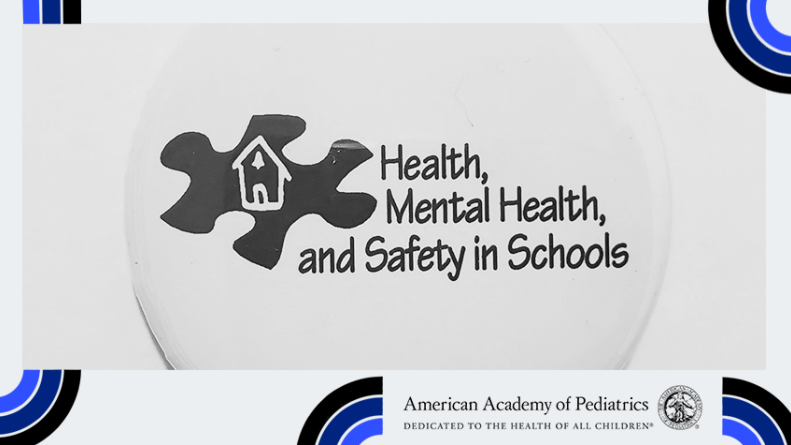
In 2004, AAP established the Task Force on Mental Health to assist pediatricians in strengthening the mental health care they provide to children and adolescents. At the time, the rate of children's mental health concerns identified in primary care had more than doubled from the previous 20 years. The Task Force assisted with communicating mental health competencies, helping address systematic and financial barriers to mental healthcare, and providing tools and strategies to pediatricians.
2010s
ACA advocacy and passage
Before the Affordable Care Act (ACA) was passed in 2010, the AAP had spent years advocating for inclusive healthcare policies benefiting both children and pediatricians. The AAP advocated to ensure the ACA would grant children access, benefits, and coverage. The ACA made a substantial difference in children's healthcare coverage, decreasing the percentage of uninsured children from 9.7% in 2009 to 4.7% in 2016.
Watch Dr. Lee Beers, MD, FAAP, as she discusses the AAP’s advocacy efforts on child health, which include the Affordable Care Act.
2020s
Media and children guidelines
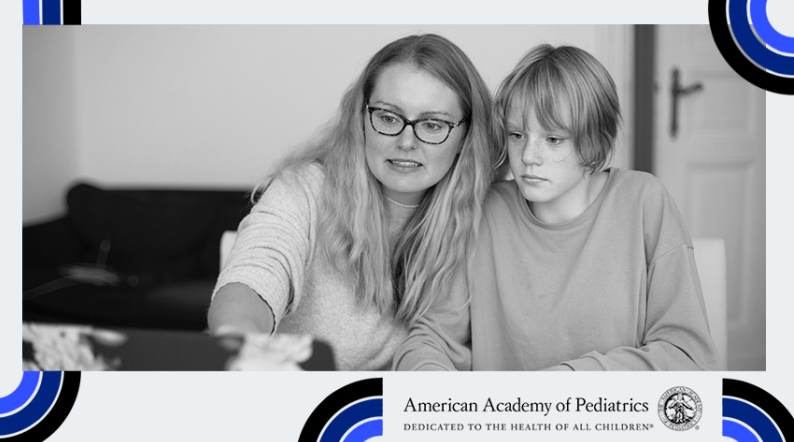
Today, children spend an average of 7 hours a day on entertainment media, including television, computers, phones, and other devices. Advertising directed towards children is no longer just product placement. As digital media has grown significantly in recent decades, children are now exposed to social media influencers and hidden ads. The AAP has produced useful resources and recommendations for families to manage media consumption.
In this video, Jenny Radesky, MD, FAAP, explains the AAP’s many efforts to help families navigate digital media and its impacts on children.
Future
Innovations AAP is supporting for the future
Since our founding in the 1930s, the AAP has been on the frontlines of advancing policies to promote children’s health, safety, and optimal development. This work included legislative advocacy, educational campaigns, and policy recommendations based in science. AAP continues to advance new policies to protect children’s health and well-being.
Today, our federal legislative priorities include supporting immigrant child health, reducing firearm related injuries and deaths, and ensuring the mental health and substance use treatment and prevention needs of children are met.
We will also continue advocating in support of pediatricians who are coping with the short-term and long-term effects of COVID-19 on their patients and practices.
Former AAP president Sandy Chung, MD, FAAP, looks forward in this video at a few of the challenges ahead for families and the AAP.
Last Updated
01/25/2024
Source
American Academy of Pediatrics